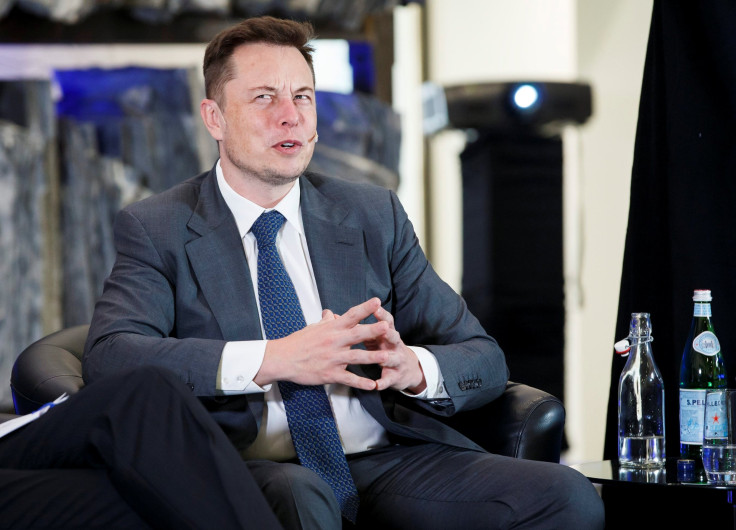Are Driverless Cars Safe? Elon Musk Says Tesla Will Roll Out Self-Driving Feature In 'About Three Weeks' Despite Recent Crashes

Drivers heading home for the holidays may be tempted to avoid Tesla vehicles this year, especially on icy roads, as the automaker plans to roll out its self-driving feature late next month. But there appears to be some confusion surrounding the technology’s actual capabilities.
After his company announced on Oct. 19 that all of its models made after that date would be equipped with self-driving hardware, Tesla founder and chief executive Elon Musk confirmed over the weekend that the automaker would “incrementally” activate the technology in “about three weeks.”
about three weeks and it will get rolled out incrementally in monthly releases
— Elon Musk (@elonmusk) November 27, 2016
The rollout of the “Enhanced Autopilot” feature comes less than six months after the National Highway Traffic Safety Administration opened a preliminary investigation into the automated system to see whether it led to the fatal Florida crash of a 2015 Model S in May. The investigation prompted watchdog and advocacy organization Consumer Reports to urge Tesla to disable the software and “require drivers to keep their hands on the steering wheel.”
Musk responded by defending Tesla’s self-driving feature on Twitter, touting the system’s sensory technology and pointing to Tesla drivers themselves eagerly awaiting the autopilot rollout.
Onboard vehicle logs show Autopilot was turned off in Pennsylvania crash. Moreover, crash would not have occurred if it was on.
— Elon Musk (@elonmusk) July 14, 2016
Good thing about radar is that, unlike lidar (which is visible wavelength), it can see through rain, snow, fog and dust
— Elon Musk (@elonmusk) July 15, 2016
Tesla customers are v smart & don't want media speaking on their behalf abt Autopilot. Recent poll: 0.0% want it disabled -- not 0.1%, 0.0%.
— Elon Musk (@elonmusk) July 17, 2016
Will be working at Tesla on Autopilot & Model 3 today, then aiming to pull an all-nighter and complete the master product plan
— Elon Musk (@elonmusk) July 19, 2016
But in August, a Model X using the autopilot feature crashed into a parked vehicle. Though the driver, who was not injured, said he was told by Tesla salespeople that the autopilot function was totally autonomous, a spokeswoman for the company told Reuters that the driver was actually responsible for controlling the vehicle, that he was at fault for not avoiding the parked car and that the company never described the technology as “self-driving” or fully autonomous. (In its October announcement, the company used the phrase “self-driving” to describe the capability three times.)
More recently, in defense of criticism from a German regulator that the “self-driving” descriptor was misleading, Musk employed a third-party surveyor to poll German Tesla drivers in early November on their understanding of the Enhanced Autopilot technology. Of those surveyed, 98 percent said they knew they were “expected to maintain control of the vehicle at all times.”
© Copyright IBTimes 2024. All rights reserved.






















